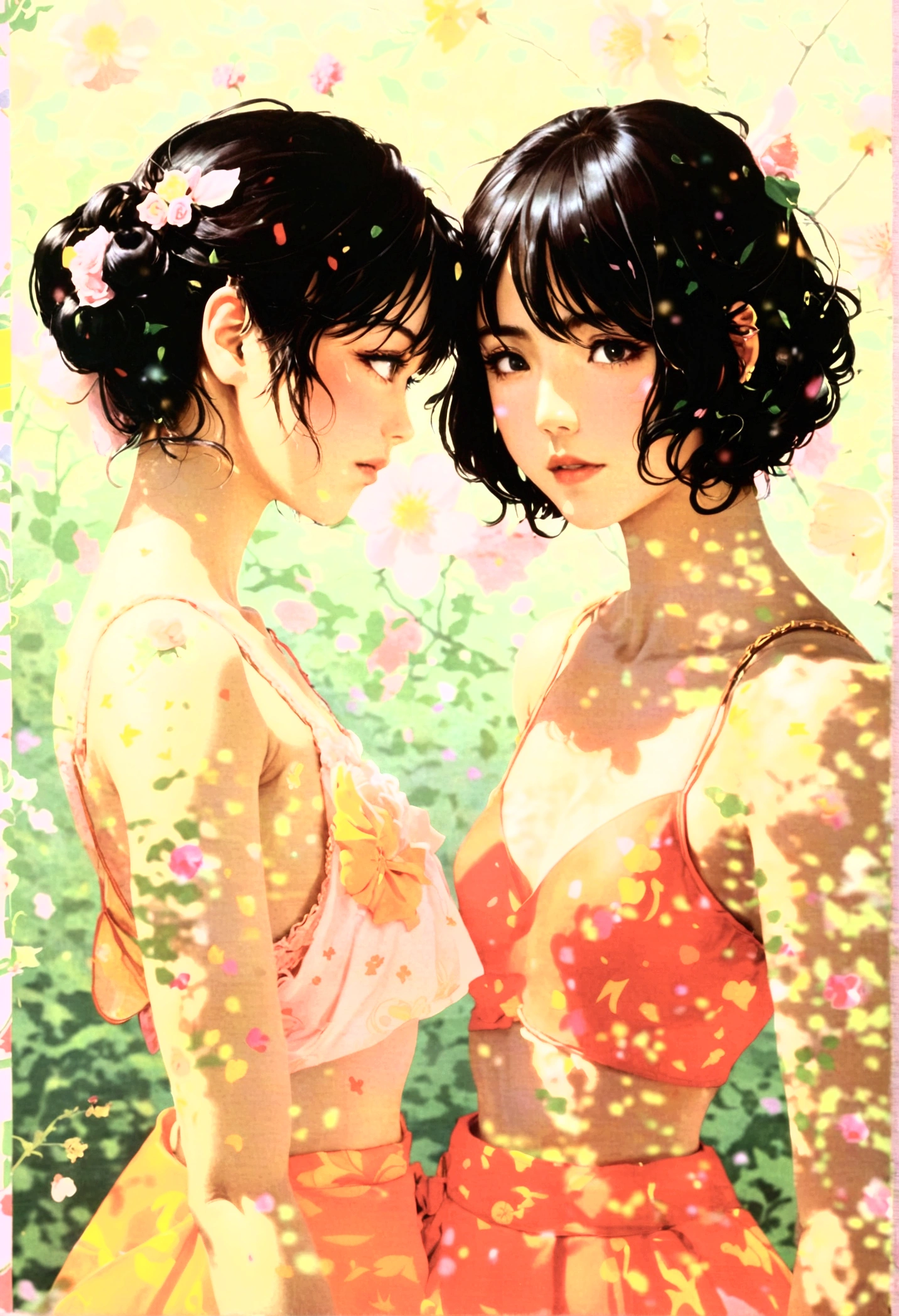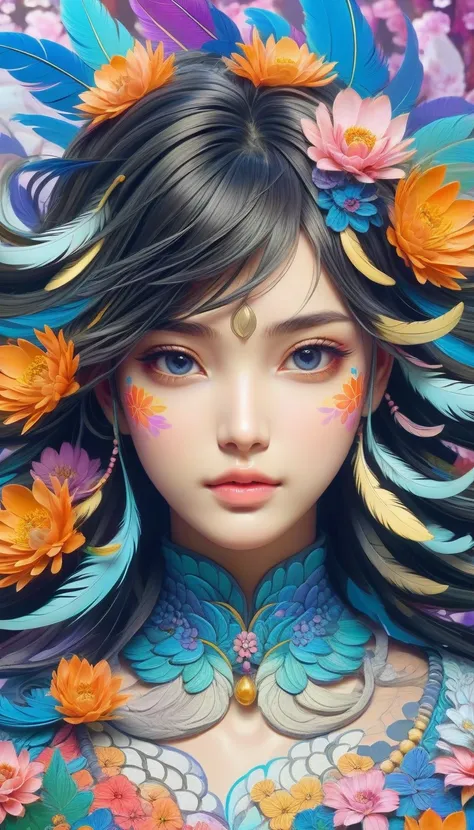Here are the article's main points summarized in bullet points


I've got something exciting to talk about today. Up for it?
Here are the article's main points summarized in bullet points: **Terminology and Etymology** * The word "yuri" () translates to "lily" and is a common Japanese feminine name. * The term "yuri" was first used in the 1970s to describe female homoeroticism. * The term "girls' love" (ガールズラブ, gāruzu rabu) and its abbreviation "GL" were adopted by Japanese publishers in the 2000s. * "Shōjo-ai" () is a term used in Japan to describe pedophilic relationships between adult men and girls, not lesbian relationships. **History of Yuri** * The yuri genre originated from Japanese lesbian fiction of the early 20th century, particularly the works of Nobuko Yoshiya and Class S literature. * The 1970s and 1980s are considered the "dark age" of yuri, with a focus on tragic narratives and stereotyped dynamics. * The 1990s saw a resurgence of yuri, with the popularity of anime and manga series like Sailor Moon and Revolutionary Girl Utena. * The 2000s saw the establishment of yuri as a discrete publishing genre, with the launch of magazines like Yuri Shimai and Comic Yuri Hime. * The 2010s and 2020s have seen a diversification of yuri works, incorporating new genres, themes, and subject material. **Themes and Characteristics** * Yuri works often depict intimate relationships between female characters, including romantic, sexual, and emotional connections. * The genre is not limited to lesbian relationships and can include emotional and spiritual connections between women. * Yuri works often feature strong emotional bonds between characters, particularly in the context of school settings. * The genre has been influenced by Japanese culture and society, including the concept of "homosociality" and the portrayal of women in shōjo manga. **Impact and Influence** * Yuri has had a significant impact on Japanese popular culture, particularly in the realm of anime and manga. * The genre has also influenced Western fans, with the term "yuri" being used to describe female-female romance
Prompts
Copy
Here are the article's main points summarized in bullet points: **Terminology and Etymology** * The word "yuri" () translates to "lily" and is a common Japanese feminine name. * The term "yuri" was first used in the 1970s to describe female homoeroticism. * The term "girls' love" (ガールズラブ, gāruzu rabu) and its abbreviation "GL" were adopted by Japanese publishers in the 2000s. * "Shōjo-ai" () is a term used in Japan to describe pedophilic relationships between adult men and girls, not lesbian relationships. **History of Yuri** * The yuri genre originated from Japanese lesbian fiction of the early 20th century, particularly the works of Nobuko Yoshiya and Class S literature. * The 1970s and 1980s are considered the "dark age" of yuri, with a focus on tragic narratives and stereotyped dynamics. * The 1990s saw a resurgence of yuri, with the popularity of anime and manga series like Sailor Moon and Revolutionary Girl Utena. * The 2000s saw the establishment of yuri as a discrete publishing genre, with the launch of magazines like Yuri Shimai and Comic Yuri Hime. * The 2010s and 2020s have seen a diversification of yuri works, incorporating new genres, themes, and subject material. **Themes and Characteristics** * Yuri works often depict intimate relationships between female characters, including romantic, sexual, and emotional connections. * The genre is not limited to lesbian relationships and can include emotional and spiritual connections between women. * Yuri works often feature strong emotional bonds between characters, particularly in the context of school settings. * The genre has been influenced by Japanese culture and society, including the concept of "homosociality" and the portrayal of women in shōjo manga. **Impact and Influence** * Yuri has had a significant impact on Japanese popular culture, particularly in the realm of anime and manga. * The genre has also influenced Western fans, with the term "yuri" being used to describe female-female romance
INFO
Checkpoint & LoRA
0 comment
0
0
0








